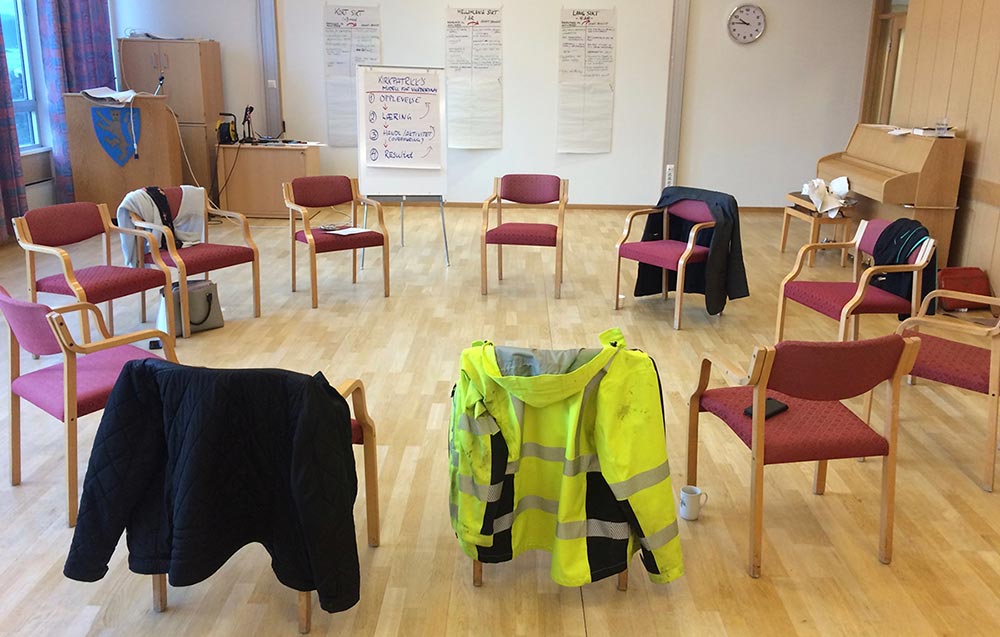
Meetings could be a total waste of time. Or they could be simply wonderful – efficient, productive, innovative and time-saving. Like Cinderella said about the ball at the castle. How the meeting turns out is to a large extent depending on which method that is chosen for the process.
Sometimes when I talk about methods and processes in connection with meetings, I feel as if I was speaking Martian. People just don’t understand my words. It is important to be aware that all meetings have methods. Sometimes the method is default mode and sometimes the method is a consciously planned process.
If your default mode is to consciously choose a participative method that will achieve the results you are after, you can stop reading here. However many meeting leaders default mode is to send out an agenda and book a room. You meet, the chair is leading the meeting in a traditional way, some decisions are made and you return home again. Will the results be good? Well, it depends.
If the purpose of the meeting is to get assent for the chair´s suggestions, the result might meet the expectations. If, on the other hand, the purpose is to make the best possible decisions for the future success of the organization, the meeting might not have been successful at all. You weren’t expecting any results from the meeting? Then you can take any road, just as Alice in Wonderland when she didn’t know where she wanted to go.
The Easy Way
Changing the meeting method is a relatively simple and effective way to develop the organization, increase engagement and get things done. Most important to increase engagement is to make people feel valuable, make them feel that they are listened to and know that they can contribute with their wisdom to the purpose and goal of the association. To achieve this, you will need methods that give people space to engage and take responsibility for what is in their own interest. For many people, the engagement declines when they, time after time, are sitting around a table where no one is asking for their knowledge and without any opportunity to collaborate about the topics on the agenda. People are not constructed for square boxes or ruled paper. They are so much more and have so many different forms. That is why you need methods that provide space for all the different people, methods that will create collaboration, learning, and understanding.
Learning about an agenda topic means to see consequences, sense differences in nuances and find creative solutions. So learning is extremely important for making good decisions. Adults learn about things they are interested in and that they see fits into a context or is a need. To make it easier for adults to learn, you could simplistically divide them into three learning style groups:
- Visual learners who prefer pictures and reading
- Auditory learners who prefer to listen and talk, and
- Kinesthetic learners who prefer movement, experimenting and experiencing.
Individuals often prefer one of the styles, which makes learning easier for them.
How do you know what learning styles are represented in the meeting? You don’t and you don’t need to keep track of that. What you need to know is what you yourself prefer and to look after that your preferred learning style does not take over the meeting since this will close the space for others. What you can do is to learn a meeting method that is designed to cater to the different learning style needs and creates space for people. It is also important that this method is founded on values that say that everyone has great wisdom in many different areas, has the will to engage and the ability to take responsibility.
Simple Steps for Increasing Engagement
- Learn a new meeting method, for example, Open Space Technology, Whole Person Process Facilitation or World Café. Lead each meeting following the method exactly for at least 6 months until you know how it works.
- Plan the process and agenda based on the purpose and the desired results for the meeting
- Learn more about your own learning style and be mindful so it does not take over your meeting
- And the easiest way of all – get the table out and sit in a circle!



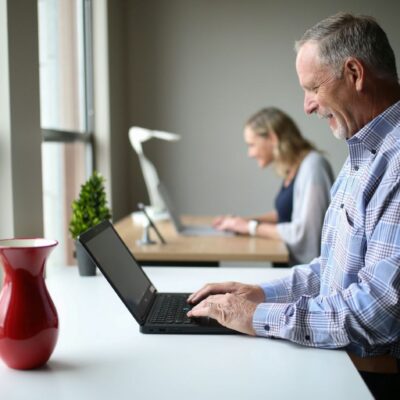

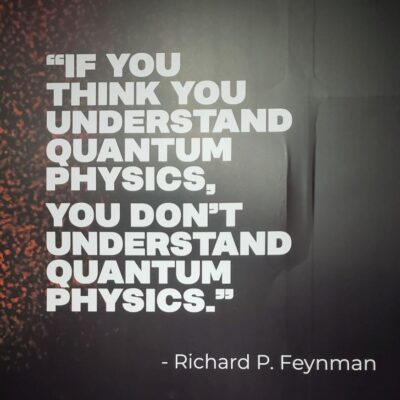

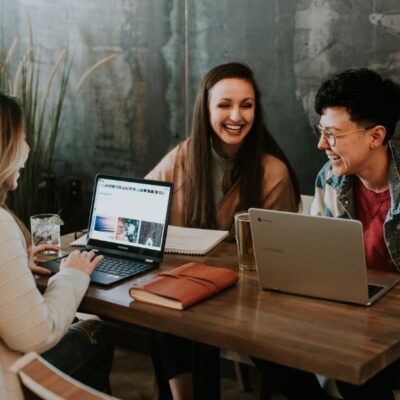
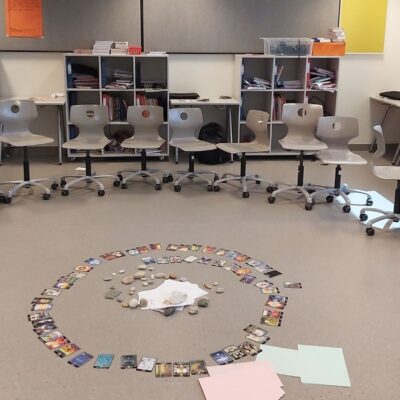
Leave a Reply